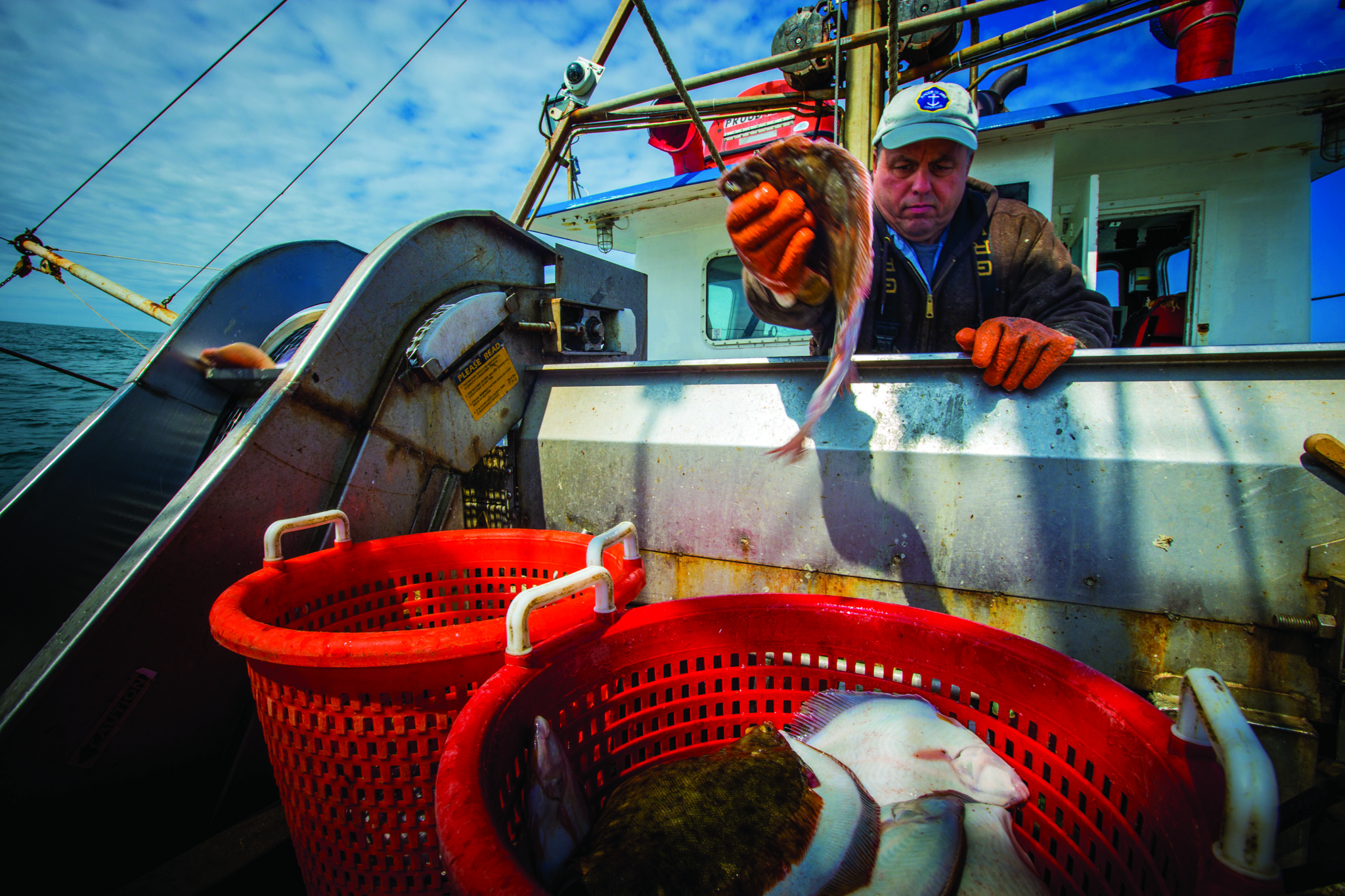Cameras start to take over for live observers on deck: What does it mean for owners and operators across the country?
Electronic monitoring programs are on the rise as a way to reduce observer costs, avoid the problems of having another person onboard, and increase data gathering. After testing and implementing several programs, NOAA is developing criteria for EM hardware producers and service providers.

This story was first published in the August issue of National Fisherman. Subscribe today for digital and print access.
“We hope to have standards by the end of the year,” says Brett Alger, electronic technologies coordinator at NMFS. “Once we lay down the framework, it could allow EM to expand greatly.” In February 2019, Alger spoke at a conference in Bangkok that explored the potentials of electronic monitoring. Presenters talked about the real-time upload, via satellite or cell signal, of video from boats, which could be reviewed by artificial intelligence. “We’re hoping to automate review,” says Alger. “We’re looking at machine learning that could identify and measure fish in a split second.”
According to Alger, the idea of monitoring things like bycatch, discards and quota by putting cameras onboard has been around for 20 years, and the Pacific whiting fishery has used electronic monitoring for 15 years. But establishing EM programs is much more complicated than just hooking up cameras and connecting them to a hard drive.
Among EM service providers, two leaders — Archipelago Marine Research and Saltwater Inc. — have broken ground with several programs around the U.S. coasts. Archipelago provides a complete package of cameras, hard drives and review services. Saltwater offers software and some hardware, and a number of services, including developing a vessel monitoring plan and video review.
Saltwater recently completed a project for the New England herring fishery. According to Saltwater, the herring fleet has experienced dramatic cuts to their quota. In 2016, NMFS contracted Saltwater to test whether EM could be used for compliance monitoring in this fishery, and whether it would be more cost effective than at-sea observers. All active vessels in the fleet voluntarily participated in the pilot project. Based on the findings, the New England Fishery Management Council approved EM in March 2018 as a monitoring option for the fleet.
“At this point, the plan is to use EM in tandem with dockside monitoring,” says Morgan Wealti, Saltwater’s program manager. According to Wealti, most of the herring boats used three cameras, one at the stern, one at the rail, and another showing a deck view.
“Our system used off-the-shelf equipment,” she says. “The cameras had to be rated for some immersion.”
To read the full article, subscribe to National Fisherman today for digital and print access.







